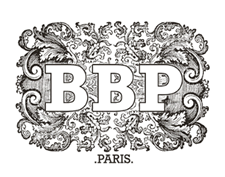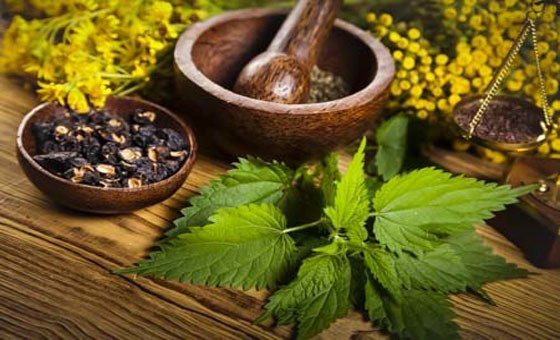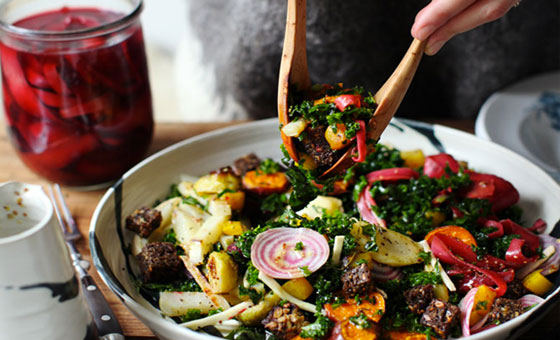Bali is a popular destination for Australian tourists because it offers an exotic location with lots of beaches not too far away from our own shores, which means you don’t waste precious holiday time travelling. It also offers much in the way of different cultures and food, bargain shopping opportunities, different and exciting things to do and see and lots of fun for everyone.
But just like a holiday to any other part of planet Earth, a holiday to Bali should be well-planned and organised to get the most out of it. It would be a shame to miss out on something you really wanted to see or do because you forgot to include it, or ran out of time to get there. So here are 12 ways to get the most out of your Bali holiday.
- Do your research early on and decide what you want to see the most. You won’t be able to fit it all in, so choose carefully. Write it down so you don’t forget.
- If you are going with your partner, take it in turns to choose what to visit; that way you will each have a fair share of things you like.
- Keep away from the local alcohol as it is much stronger than any other kind. If you intend to get drunk, designate one of your group to be the responsible one and look out for the others. Two would be better.
- Learn a little about the laws of the land and make sure you obey them.
Continue reading “12 Ways to Get the Most Out of Your Holiday”







